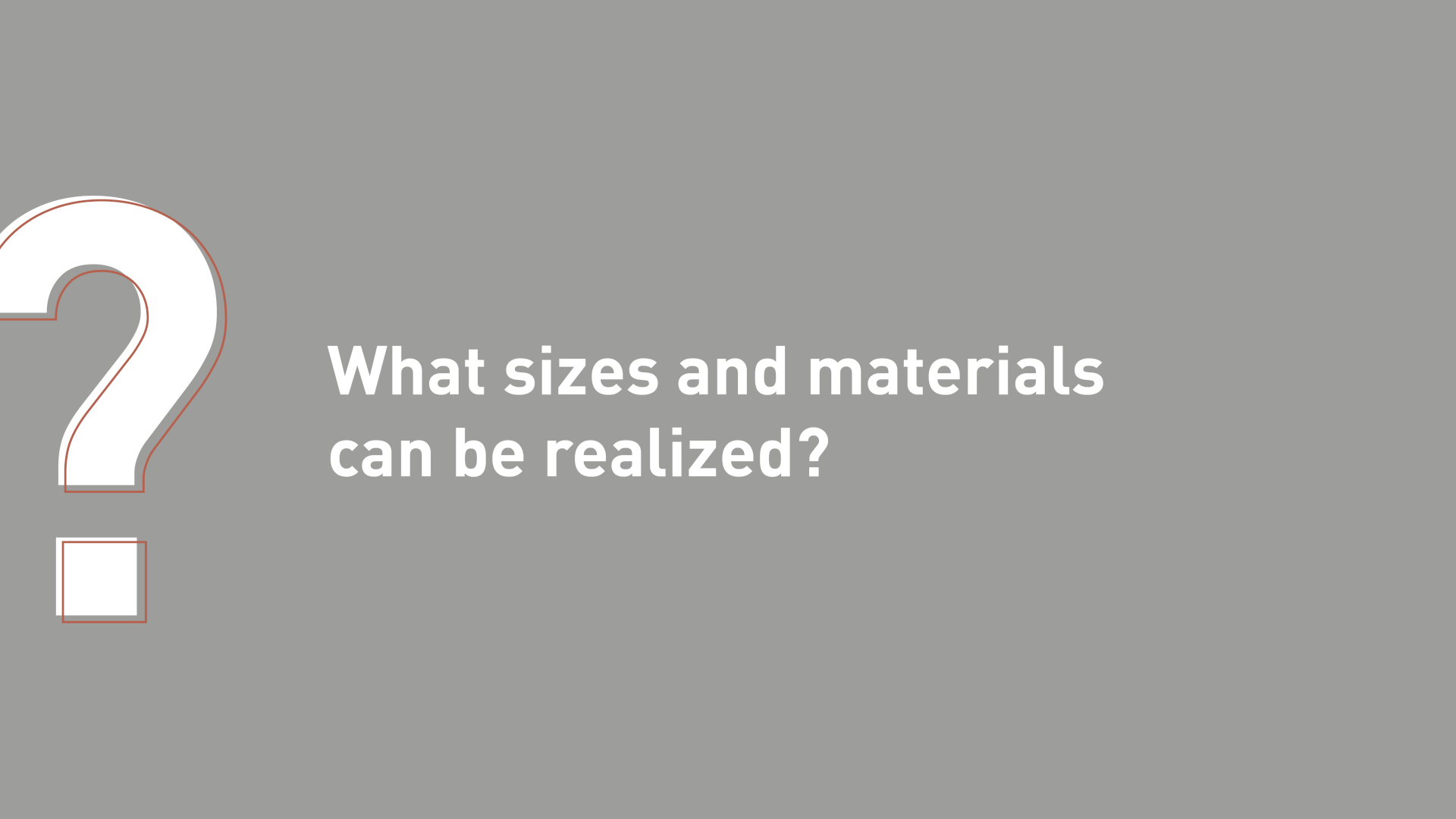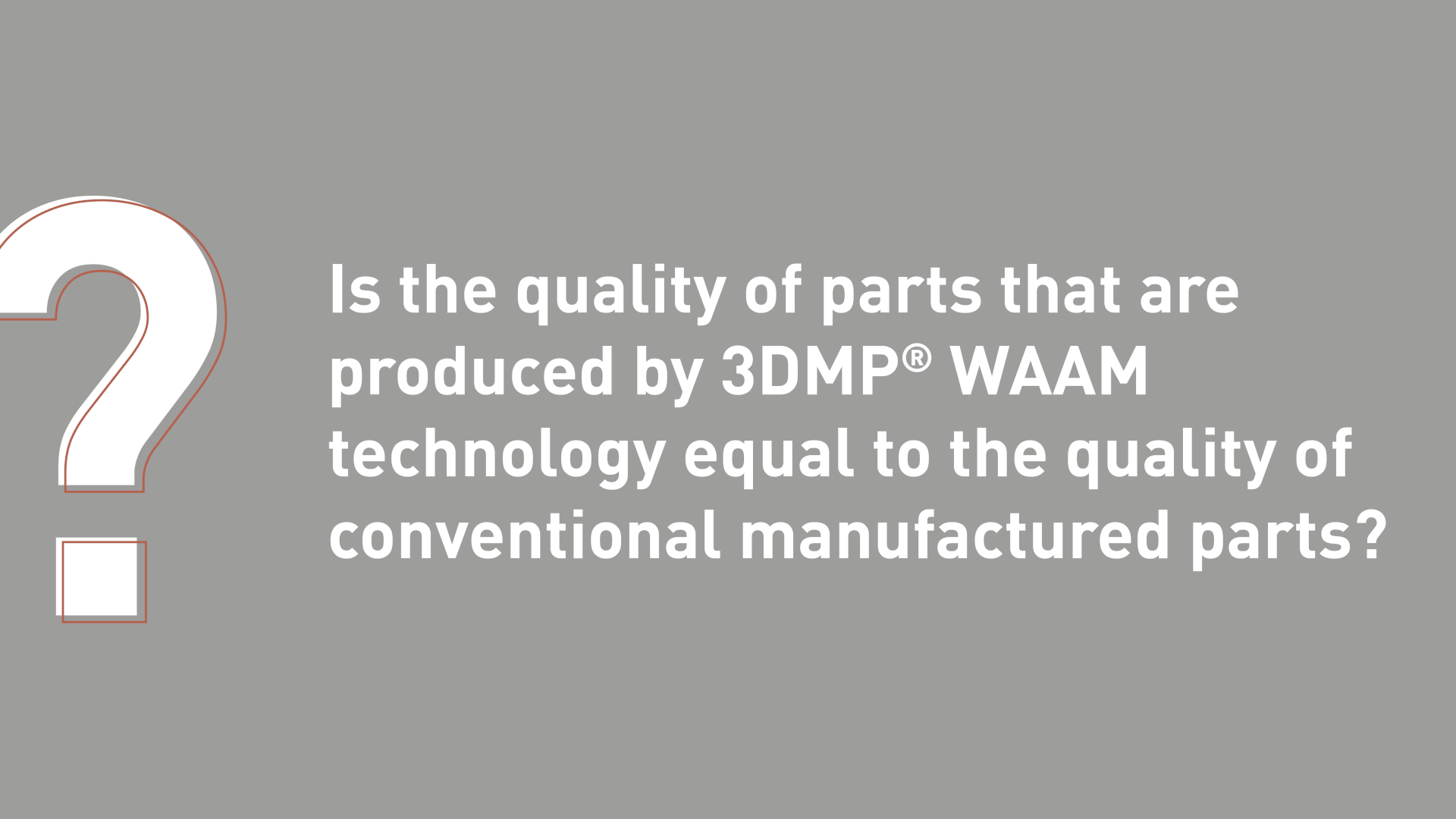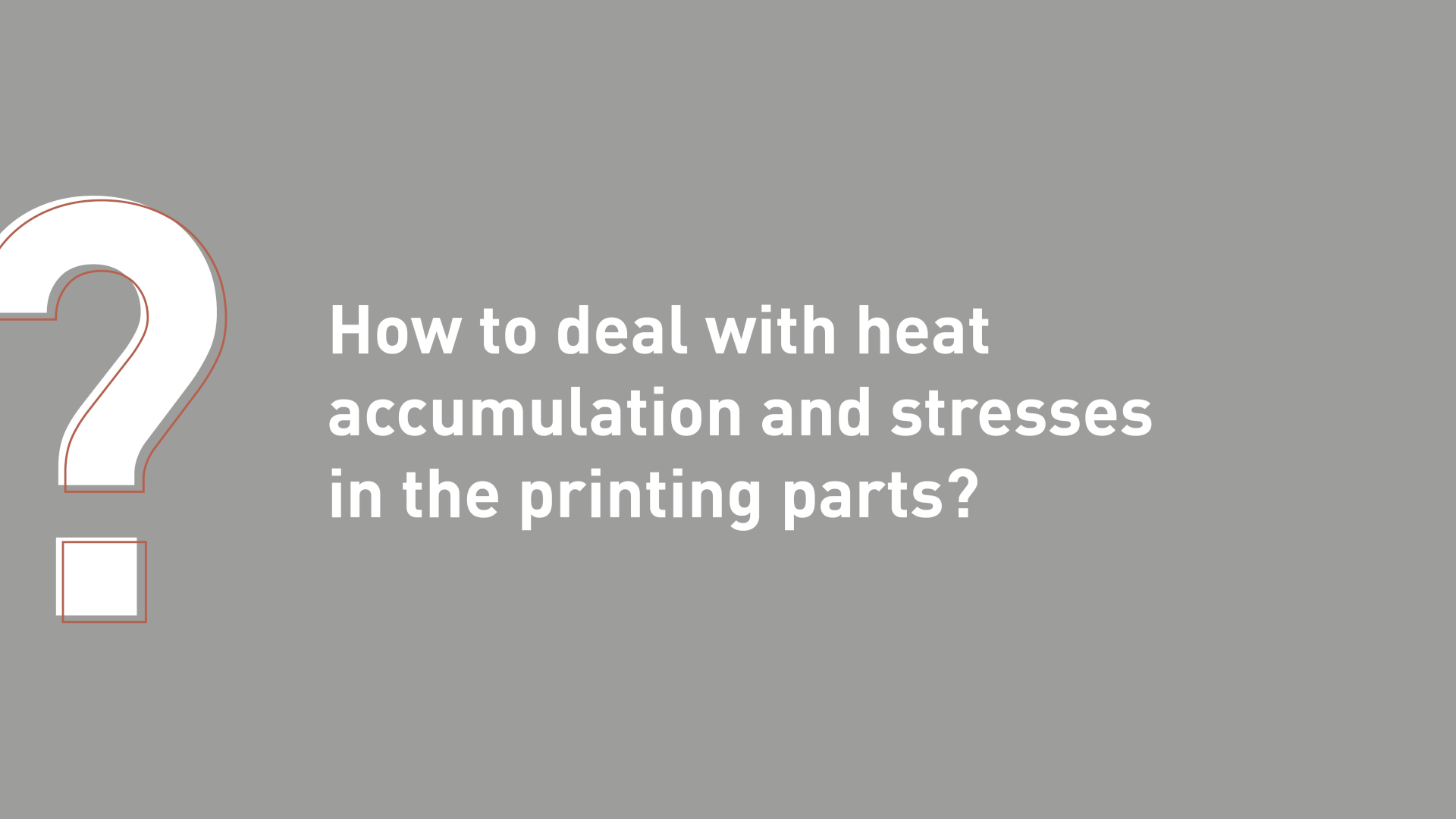
In general, every welding-wire (structural steels, stainless steels, tool steels, hot work steels, nickel base alloys, duplex steels, aluminum bronze, aluminum, titanium base alloys, and many more). Our standard wire diameter used is 1.2 mm. The best applications are parts made from expensive, hard to machine alloys with a certain amount of chips to be removed and components with long lead times. General requirements for processable materials are weldability, material must be from a group of metals and the availability of raw material in wire form.
Regarding the size, on the arc605 parts of 0.9 x 0.7 m (Ø – z) can be realized. On the arc603 the size can be up to 1.1 x 1.4 x 1.72 m.
The quality of the 3DMP® WAAM components is the same and, in most cases, even better than conventionally manufactured components. Depending on the material, components produced by 3DMP® WAAM technology have a better machinability of the material, which is created through insito heat treatment. In addition, the components have better mechanical properties. If you compare 3DMP® with a casting process, it can be said that 3DMP® is significantly free of pores than the cast product.


Our arc cooling system and temperature control is also used to minimize the stress and the associated distortion and makes sure that the right interlayer temperature is set. When the set interlayer temperature has been exceeded, the print stops and the part is actively cooled down.
Stresses can be released with heat treatment, especially for titanium applications this is necessary. With an elaborated build-up strategy stresses can be minimized as well. To provide an outlook on this topic – we are working on the simulation of the distortion to take it into account already during the slicing of the part within our CAM software.
Stay tuned for more!
Every week we will be adding more questions and their answers.
To stay up to date check out our LinkedIn.